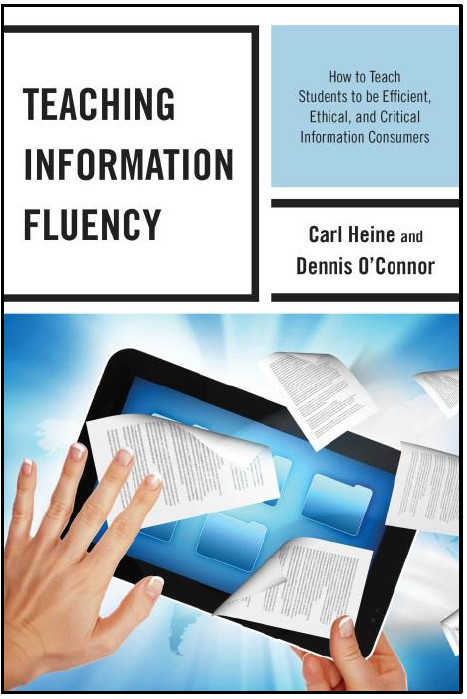The Internet is a swelling ocean of information, and navigating through its steady flow can often be challenging. This is certainly true for a student who is not information fluent, so what are some smart online research strategies? Luckily this question falls within the realm of Information Fluency, which involves the 5As process:
- Asking the right questions
- Acquiring the knowledge
- Analyzing the content for relevancy and credibility
- Applying the knowledge to our use
- Assessing the effectiveness of our message
Via Elizabeth E Charles



 Your new post is loading...
Your new post is loading...











